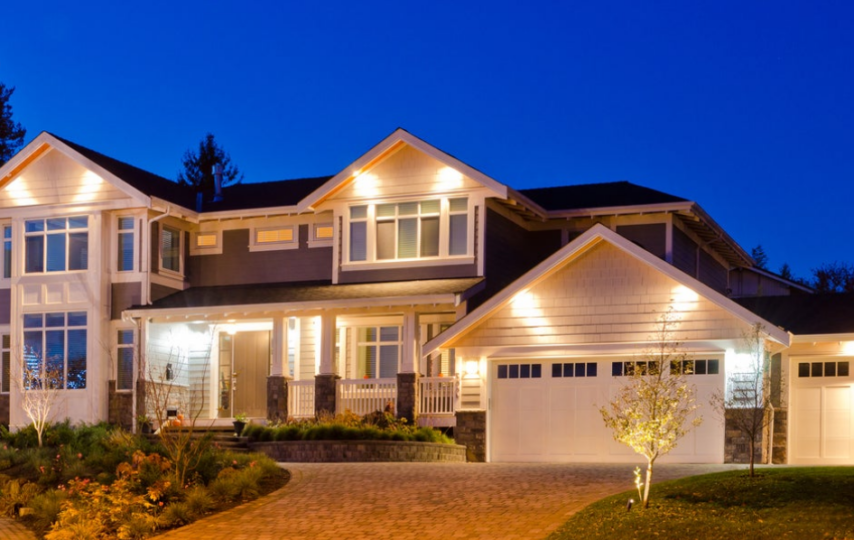Motion-sensor lights are an excellent addition to any home, providing enhanced security, convenience, and energy efficiency. However, with a wide range of options available in the market, choosing the right motion-sensor lights can be overwhelming. This article aims to guide you through the process of selecting the perfect motion-sensor lights for your home. We will discuss key factors to consider, such as the type of sensor, lighting technology, installation options, and customization features, ensuring that you make the best decision tailored to your specific needs.
Understanding Motion Sensor Technology
Before diving into the selection process, it is crucial to understand the different types of motion sensors used in motion sensor lights. The most common types include passive infrared (PIR), microwave, and dual-technology sensors. Each sensor type operates differently and has its advantages and limitations. PIR sensors are sensitive to heat and detect infrared radiation, while microwave sensors emit microwaves and measure the reflection patterns. Dual-technology sensors combine both PIR and microwave technology for increased accuracy. Understanding these sensor types will help you choose the one that best suits your requirements.
Determining The Lighting Needs
Think about the exact rooms and hallways in your house where you want to set up motion-sensitive lighting. Are they for the safety of the outside area, the illumination of the walkway, or the convenience of the inside? When you evaluate your needs for lighting, you will be able to calculate the optimum brightness level as well as the required coverage area. Larger lumens and a wider coverage angle are frequently preferred when it comes to outside security, but inside applications may benefit from being able to adjust the brightness and color temperature.
Considering Installation Options
Motion-sensor lights come in various installation options, including wall-mounted, ceiling-mounted, or freestanding units. Wall-mounted lights are commonly used for outdoor security and are available in different designs to match your home’s aesthetics. Ceiling-mounted lights are ideal for indoor use, especially in hallways or staircases. Freestanding lights are portable and can be placed anywhere, providing flexibility in their usage. Consider the available space and the specific requirements of the areas where you intend to install the lights to choose the most suitable installation option.
Customization And Adjustable Settings
There are motion-activated lights available that come with a variety of personalization options and configurations that provide users the ability to tailor their lighting experience to meet their specific requirements. A sensitivity adjustment, a delay in time, and detection of the surrounding light may all be included in these features. The ability to personalize these settings assures that the lights will respond appropriately to motion and ambient circumstances, hence reducing the likelihood of false activations and wasteful use of power.
Energy Efficiency And Integrated Technology
Energy efficiency is a crucial factor when selecting motion-sensor lights for your home. Look for lights that utilize LED technology, as LEDs are known for their high efficiency and long lifespan. LEDs consume significantly less energy compared to traditional lighting options, resulting in reduced electricity bills and a smaller carbon footprint. Additionally, consider lights that incorporate integrated technology, such as dusk-to-dawn sensors, which automatically adjust the light output based on ambient lighting conditions.
Quality And Durability
Emphasize both the product’s quality and its longevity if you want to maximize your enjoyment of the motion-detecting lights you purchase. Choose lights that are constructed from high-quality materials that can survive the elements of either indoor or outdoor environments, depending on where they will be used. If you want to buy lights that are dependable and will last a long time, you should seek certifications such as ENERGY STAR®, read reviews of the products, and verify the warranties offered by the manufacturers.
Range And Detection Angle
Evaluate the range and detection angle of the motion sensor in the lights you are considering. The range refers to the maximum distance at which the sensor can detect motion, while the detection angle determines the coverage area. Depending on the location and purpose of the lights, you may need a wider detection angle and a longer range to effectively cover the desired area. Keep in mind that different models offer varying ranges and angles, so choose lights that align with your specific needs and the size of the area you want to cover.
Power Source And Connectivity
Consider the power source and connectivity options for the motion-sensor lights. Some lights are battery-powered, providing flexibility in terms of installation but requiring periodic battery replacements. Others are hardwired and directly connected to your home’s electrical system, ensuring a consistent power supply but requiring professional installation. Furthermore, you can come across lights that work with smart home systems, enabling you to manage and keep an eye on them remotely using your smartphone or other connected devices. Consider your preferences, convenience, and the available infrastructure in your home when deciding on the power source and connectivity options that best suit your needs.
Weather Resistance And IP Rating
If you plan to install motion-sensor lights outdoors, it’s important to consider their weather resistance and IP (Ingress Protection) rating. Outdoor lights are exposed to various weather conditions such as rain, snow, heat, and humidity, so it’s crucial to choose lights that can withstand these elements. Look for lights that are specifically designed and rated for outdoor use. The level of defense against dust and water infiltration is indicated by the IP rating. By taking into account the weather resistance and IP rating, you can select motion-sensor lights that are specifically built to withstand the outdoor elements, ensuring their durability and reliable operation over time.
Conclusion
Considerations for choosing the best motion-sensor lights for your home include the kind of sensor, the amount of lighting required, installation options, customization options, energy efficiency, and quality. You can make a choice that meets your unique needs by being aware of these important factors. Remember, the perfect motion-sensor lights strike a balance between enhanced security, convenience, energy efficiency, and aesthetics. By selecting the right lights, you can transform your home into a safer and more efficient space while enjoying the added benefits of motion-sensor lighting.








